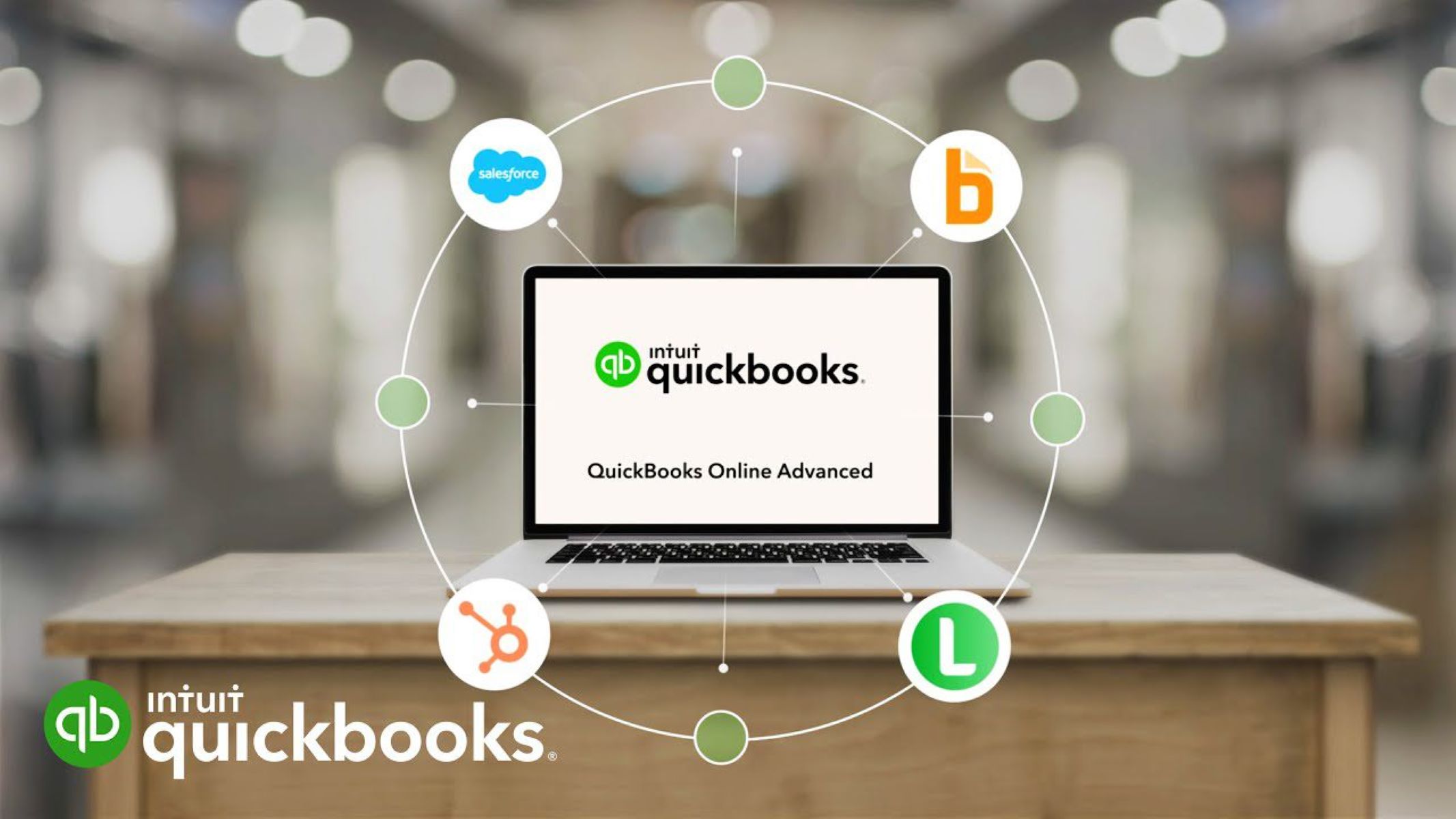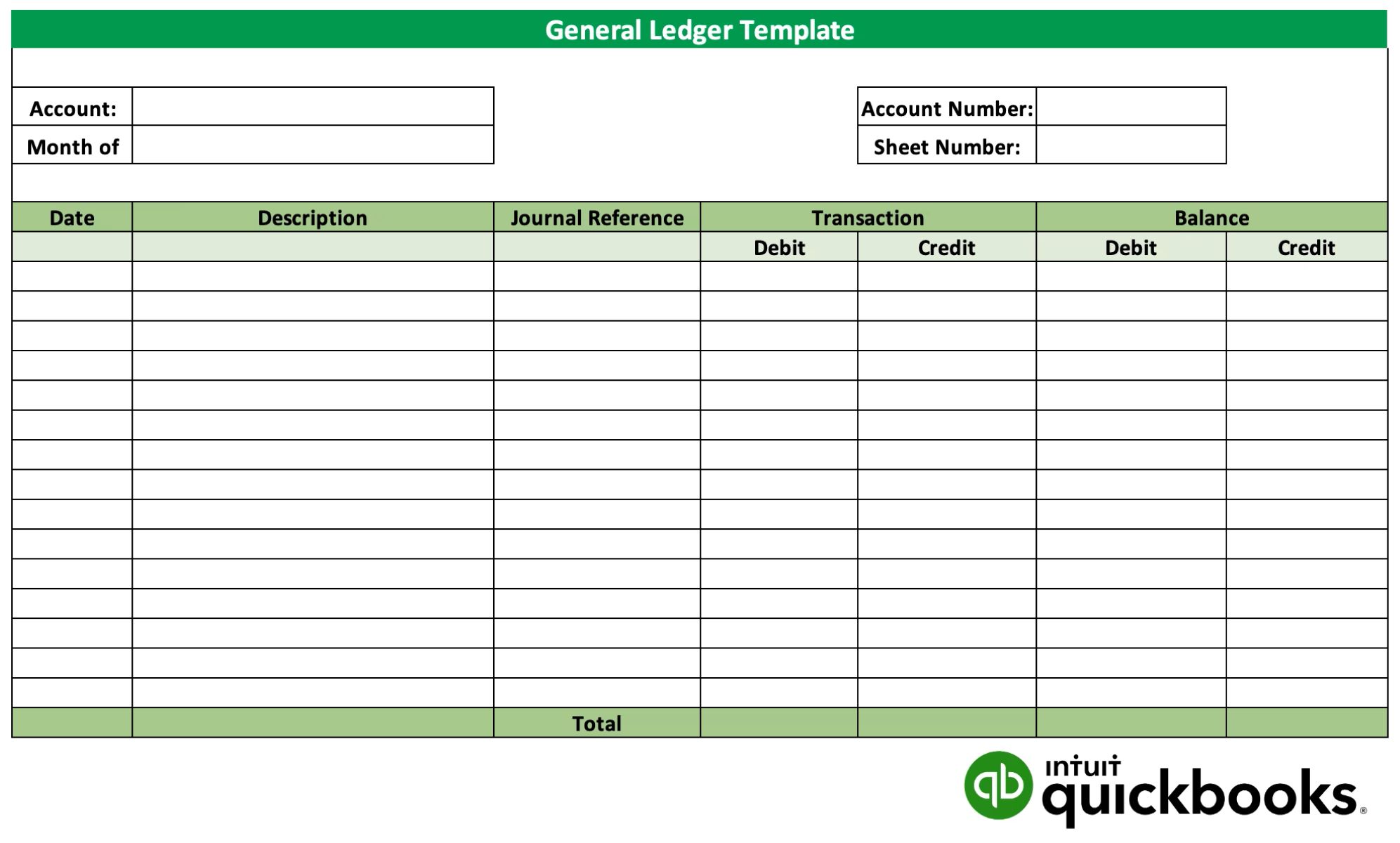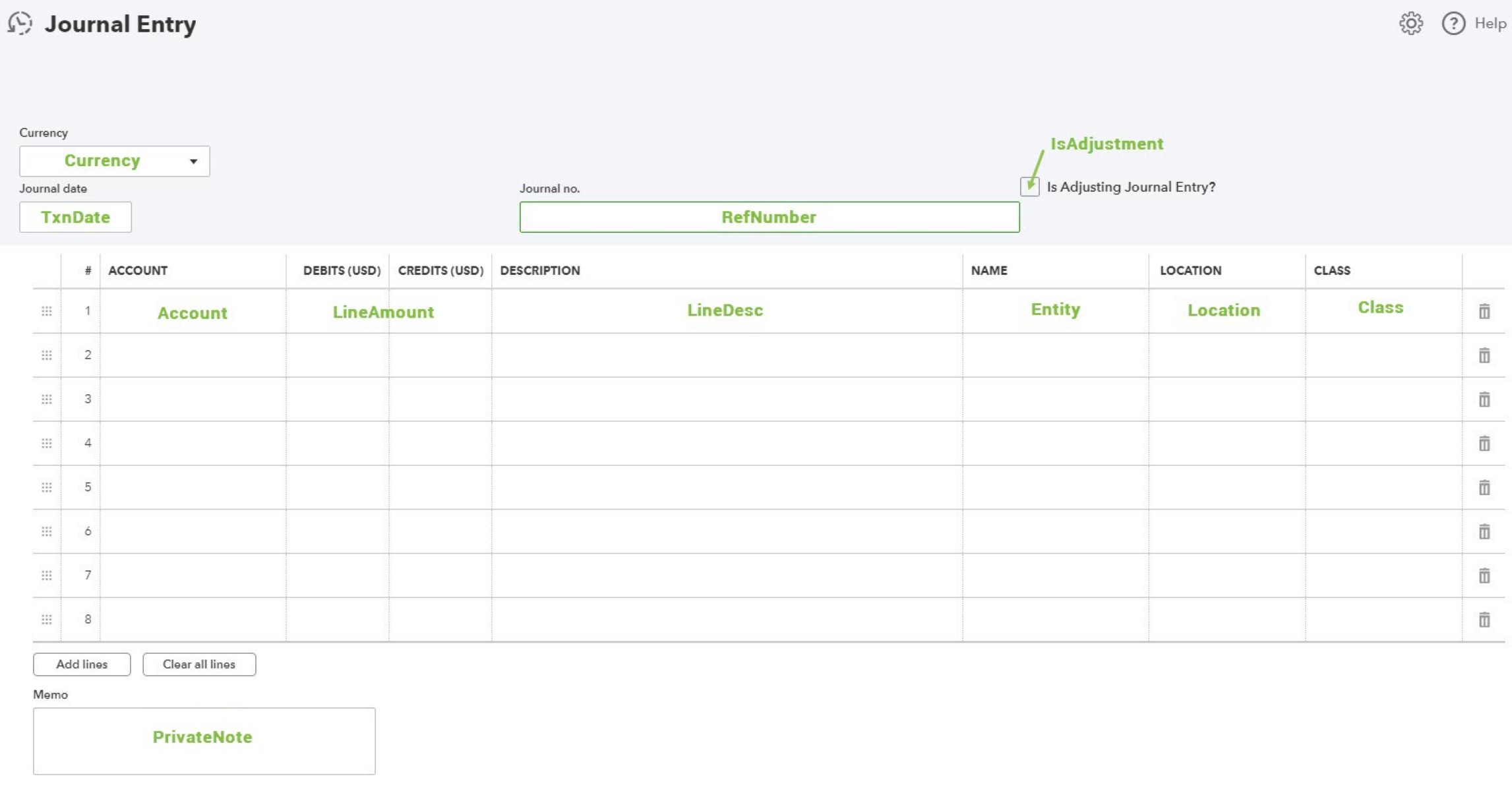Introduction
Welcome to this step-by-step guide on how to export the Chart of Accounts in QuickBooks Online. The Chart of Accounts is a crucial component of your accounting system, as it lists all the accounts used to track your company’s financial transactions. Exporting this data can be helpful for various reasons, such as creating reports, sharing information with your accountant or bookkeeper, or migrating to another accounting software.
Exporting the Chart of Accounts in QuickBooks Online is a straightforward process that can be completed in just a few simple steps. In this guide, we will walk you through each step, ensuring that you can easily export your Chart of Accounts data without any hassle.
Before we begin, please note that you will need to have administrative access to your QuickBooks Online account. Additionally, you should have a basic understanding of navigating the QuickBooks Online user interface and accessing different sections of the software.
So, if you’re ready, let’s dive into the steps required to export your QuickBooks Online Chart of Accounts!
Step 1: Log in to QuickBooks Online
The first step in exporting the Chart of Accounts in QuickBooks Online is to log in to your account. To do this, follow these simple instructions:
- Open your web browser and navigate to the QuickBooks Online website (www.quickbooksonline.com).
- Click on the “Sign In” button located at the top right corner of the page.
- Enter your QuickBooks Online login credentials, including your email address and password.
- Click on the “Sign In” button to access your QuickBooks Online account.
Once you have successfully logged in to your QuickBooks Online account, you will be directed to the dashboard. The dashboard provides you with an overview of your company’s financial status, including income, expenses, and account balances.
It is important to note that if you have multiple company files associated with your login credentials, you may need to select the specific company file that contains the Chart of Accounts you want to export. Most users will only have one company file, so this step may not apply to everyone.
Now that you are logged in to QuickBooks Online, we can move on to the next step, which is accessing the Chart of Accounts page. Let’s continue to Step 2.
Step 2: Go to the Chart of Accounts page
After logging in to your QuickBooks Online account, the next step is to navigate to the Chart of Accounts page. This is where you can view and manage all the accounts used in your company’s financial transactions. Follow these instructions to access the Chart of Accounts:
- From the dashboard, locate the left-hand menu and click on the “Accounting” or “Chart of Accounts” option. The specific wording may vary depending on the version of QuickBooks Online you are using.
- You will be taken to the Chart of Accounts page, which displays a list of all the accounts created in your company file. Each account will have a name and a type, such as “Cash,” “Accounts Receivable,” or “Sales.”
QuickBooks Online organizes the Chart of Accounts into categories to make it easier to navigate and manage. These categories include assets, liabilities, equity, income, and expenses. You can expand or collapse each category to view or hide the accounts within it.
On the Chart of Accounts page, you can perform various actions, such as adding new accounts, editing existing accounts, or deleting accounts that are no longer needed. However, for the purpose of this guide, we will focus on exporting the Chart of Accounts data only.
Now that you have accessed the Chart of Accounts page, let’s proceed to the next step, where we will customize the view of the Chart of Accounts to include the necessary details for exporting.
Step 3: Customize the Chart of Accounts view
Before exporting the Chart of Accounts in QuickBooks Online, it’s a good idea to customize the view to include the specific details you want to export. By customizing the view, you can ensure that the exported data meets your requirements. Follow these steps to customize the Chart of Accounts view:
- On the Chart of Accounts page, locate the “View” button, usually located above the account list.
- Click on the “View” button to open the customization options.
QuickBooks Online provides various customization options that allow you to choose the columns and data that you want to include in the Chart of Accounts view. Here’s what you can do:
- Select or deselect the checkboxes next to each column to show or hide specific columns. Common columns include Account Name, Type, Description, Balance, and Detail Type.
- Reorder the columns by clicking and dragging them into your desired order.
- Use the “Filter” option to filter the accounts based on specific criteria. For example, you can filter by account type or balance to narrow down the accounts shown in the view.
Once you have customized the Chart of Accounts view to your liking, you can move on to the next step, which is exporting the Chart of Accounts data. Customizing the view allows you to include the relevant information and ensures that the exported file contains the necessary details.
Now that you’ve customized the Chart of Accounts view, let’s proceed to Step 4, where we will export the Chart of Accounts in QuickBooks Online.
Step 4: Export the Chart of Accounts
Now that you have customized the view of the Chart of Accounts in QuickBooks Online, it’s time to export the data. Exporting the Chart of Accounts allows you to save the account information as a separate file that can be used for various purposes, such as creating reports or sharing data with your accountant. Follow these steps to export the Chart of Accounts:
- On the Chart of Accounts page, locate the “Export” button, usually located near the top right corner of the account list.
- Click on the “Export” button to open the export options.
QuickBooks Online provides different export formats for you to choose from, including Excel, CSV, and QuickBooks Desktop. The specific options may vary depending on your subscription level.
Before selecting the export format, consider the compatibility of the exported file with the software or tools you plan to use. For example, if you intend to import the Chart of Accounts into another accounting software, ensure that the selected export format is compatible with that software.
Once you have decided on the export format, follow the on-screen instructions to complete the export process. The file will be saved to your computer or device, ready for further use.
It’s important to note that the exported file will contain the account details based on the customized view you set in the previous step. If you need to include additional details or columns, you may have to customize the view again before exporting.
Now that you have successfully exported the Chart of Accounts in QuickBooks Online, you can proceed to the next step, which is to save the exported file for future use.
Step 5: Select the export format
After clicking on the ‘Export’ button in QuickBooks Online, you will be prompted to select the export format for your Chart of Accounts data. The export format determines the file type in which the data will be saved. QuickBooks Online offers several formats, including Excel, CSV, and QuickBooks Desktop. Follow these steps to select the export format:
- Click on the drop-down menu or select the export format option that is displayed on the screen.
- Choose the desired export format from the available options.
When selecting the export format, consider the purpose of the exported data and the software or tools you plan to use it with. Here are a few points to keep in mind:
- Excel format: This is a widely-used and versatile format that allows you to easily view and manipulate the exported data. Excel files can be opened in spreadsheet applications like Microsoft Excel and Google Sheets. If you want to perform further analysis or calculations on the data, Excel format may be the best choice.
- CSV format: CSV stands for Comma-Separated Values, and it is a plain text format that stores tabular data with each value separated by commas. CSV files can be opened in various applications, including spreadsheet software. If you prefer a simpler format with minimal formatting, CSV format may be suitable.
- QuickBooks Desktop format: This format is specific to the desktop version of QuickBooks and is used to migrate data from QuickBooks Online to QuickBooks Desktop. If you plan to switch to QuickBooks Desktop in the future, or if you are working with both versions, you may find this format beneficial.
Once you have selected the desired export format, proceed to the next step to save the exported file on your computer or device.
Now that you have chosen the export format for your Chart of Accounts data, let’s move on to Step 6, where we will save the exported file for future use.
Step 6: Save the exported file
After selecting the export format for your Chart of Accounts data in QuickBooks Online, the final step is to save the exported file on your computer or device. Saving the file ensures that you can access and use the exported data whenever needed. Follow these simple steps to save the exported file:
- After selecting the export format, you will be prompted to choose a location on your computer or device where you want to save the file. Select the desired folder or directory.
- Enter a suitable name for the exported file. It’s recommended to use a descriptive name that reflects the content and purpose of the file.
- Click on the “Save” or “Export” button to begin the saving process.
Once the file is saved, you can easily access it whenever needed. You can open the file in the respective software or application that supports the chosen export format. For example, if you selected an Excel format, you can open the file in Microsoft Excel or any other spreadsheet software that supports Excel files.
It’s a good practice to create a specific folder or directory on your computer or device to store all your QuickBooks exported files. This way, you can keep your exported data organized and easily locate them in the future.
Now that you have successfully saved the exported Chart of Accounts file, you have completed the entire process of exporting the Chart of Accounts in QuickBooks Online. You can now utilize the exported file for generating reports, sharing with your accountant, or any other necessary purposes.
Conclusion
Exporting the Chart of Accounts in QuickBooks Online is a straightforward process that allows you to save and utilize your financial data outside of the software. By following the steps outlined in this guide, you can easily export your Chart of Accounts and have the data readily available for various purposes.
Logging in to your QuickBooks Online account is the first step, followed by accessing the Chart of Accounts page. Customizing the view allows you to tailor the exported data to your specific needs. With the customized view in place, you can proceed to export the Chart of Accounts in the desired format, such as Excel, CSV, or QuickBooks Desktop.
Once the file is exported, it’s crucial to save it in a secure location on your computer or device. Having the exported data stored and organized ensures its accessibility and usability in the future.
Exporting the Chart of Accounts can be useful for generating comprehensive reports, analyzing financial data, sharing information with your accountant or bookkeeper, or even transitioning to another accounting software. The exported data provides a snapshot of your company’s financial transactions, enabling better insights and informed decision-making.
Remember, it’s important to regularly update and export your Chart of Accounts to ensure that you have the most up-to-date information and accurate financial records.
Now that you have successfully completed the process of exporting the Chart of Accounts in QuickBooks Online, you can leverage the exported data to streamline your financial management and take your accounting to the next level.

























